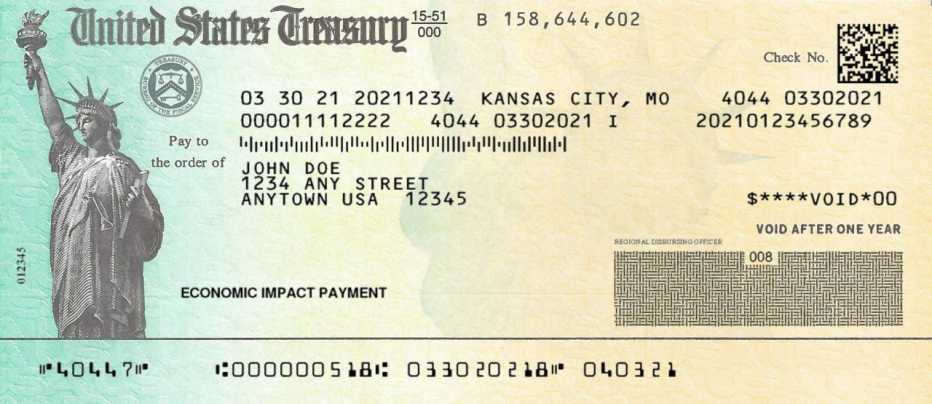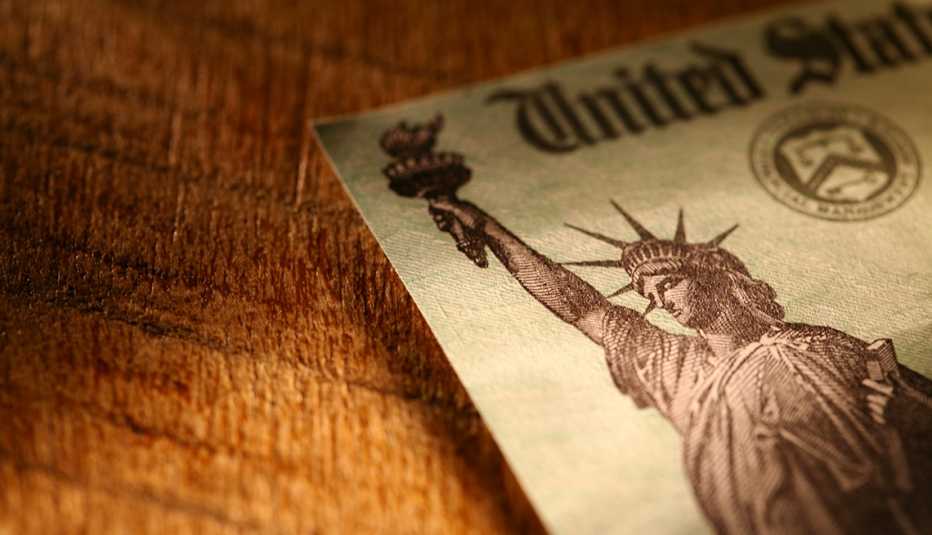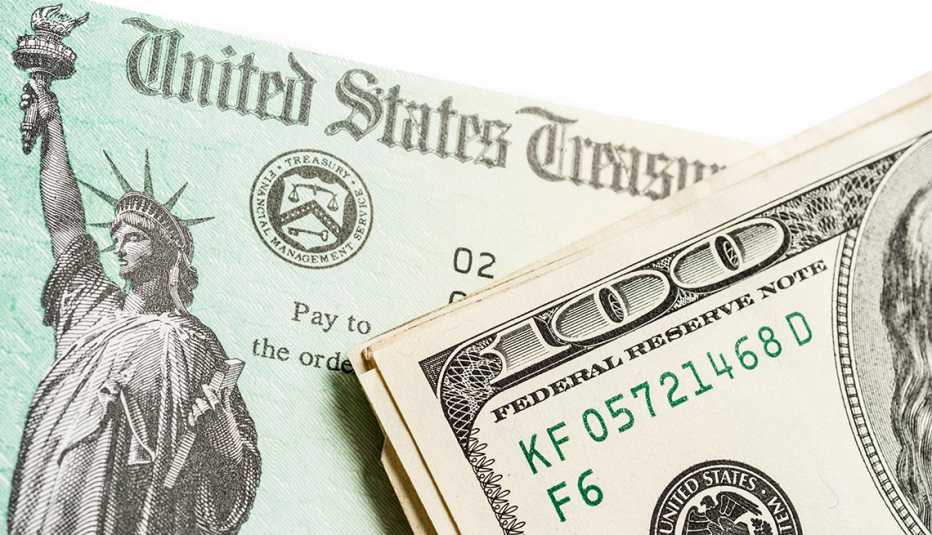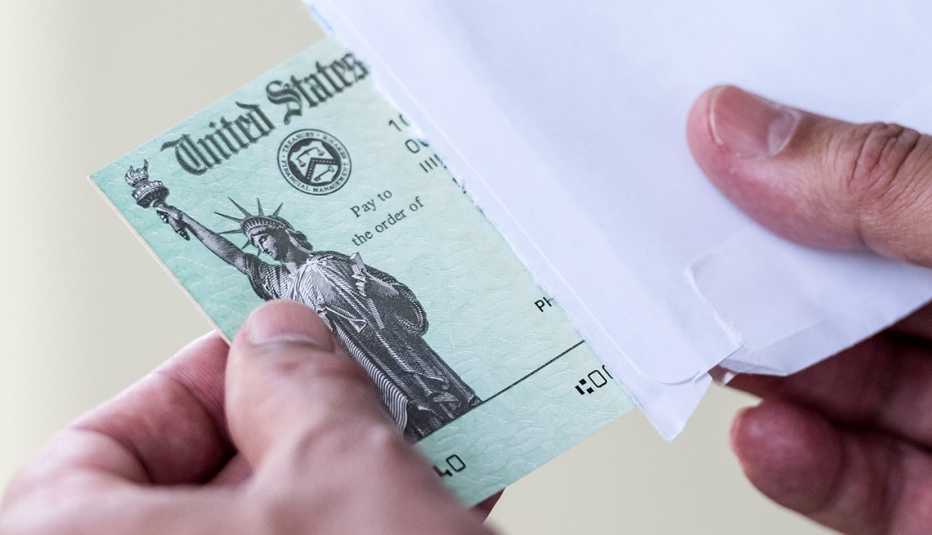Staying Fit
| Treasury Department officials have released a sample of the newest paper stimulus checks now being issued in the third round of coronavirus relief payments.
The checks are being mailed to eligible people who are not receiving funds through a prepaid debit card or direct deposit into a checking account. The “vast majority” of Americans will receive the funds via direct deposit, officials say.


AARP Membership— $12 for your first year when you sign up for Automatic Renewal
Get instant access to members-only products and hundreds of discounts, a free second membership, and a subscription to AARP the Magazine.
You may check the Get My Payment tool on the Internal Revenue Service (IRS) website to see if a payment to you has been scheduled.
Under the third round of payments, eligible individuals will receive up to $1,400; married couples, up to $2,800; and another $1,400 for each qualified dependent regardless of age. But high earners will receive less relief, or none at all.
Deter fraud: Know the stimulus check’s security features
Use AARP’s calculator to determine if you qualify in the third round of relief.
Officials say if you are eligible in this latest round — and have not received a direct deposit by March 24 — watch your mail carefully for either a paper check or a prepaid debit card.
Meantime, the top official at the Federal Trade Commission (FTC), a consumer protection agency, has renewed a warning about COVID-related scams and noted that some scammers target stimulus payments. “The FTC will use all of its enforcement authority to come after bad actors who try to take advantage of people anxiously awaiting relief,” Rebecca Kelly Slaughter, acting chairwoman of the FTC, said in a video timed to the passage of the federal law mandating the latest relief payments.
The release of the prototype of the check is intended to deter counterfeiters by showing consumers, retailers and financial institutions what a genuine check looks like, describing the watermark paper and other security features.
Use AARP’s calculator to determine if you are eligible for the relief money. If you’re expecting a check, here are the security features:






































































